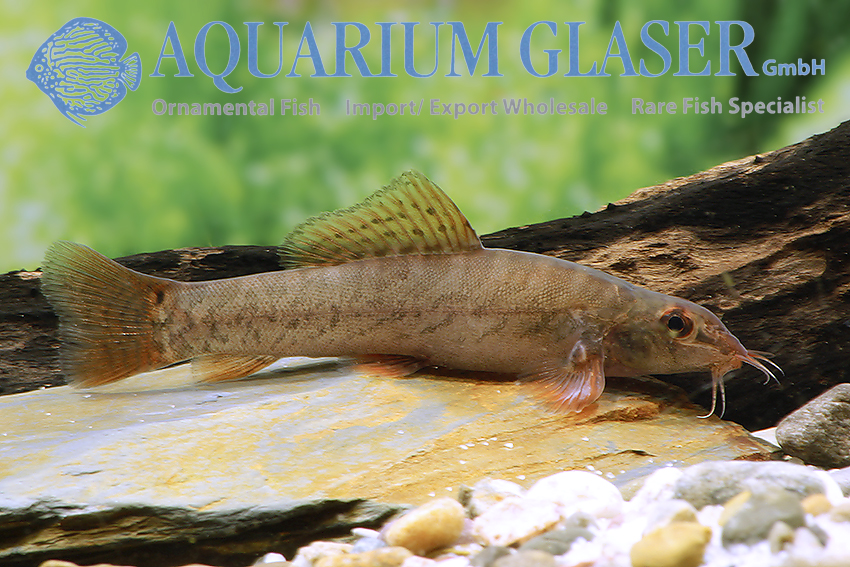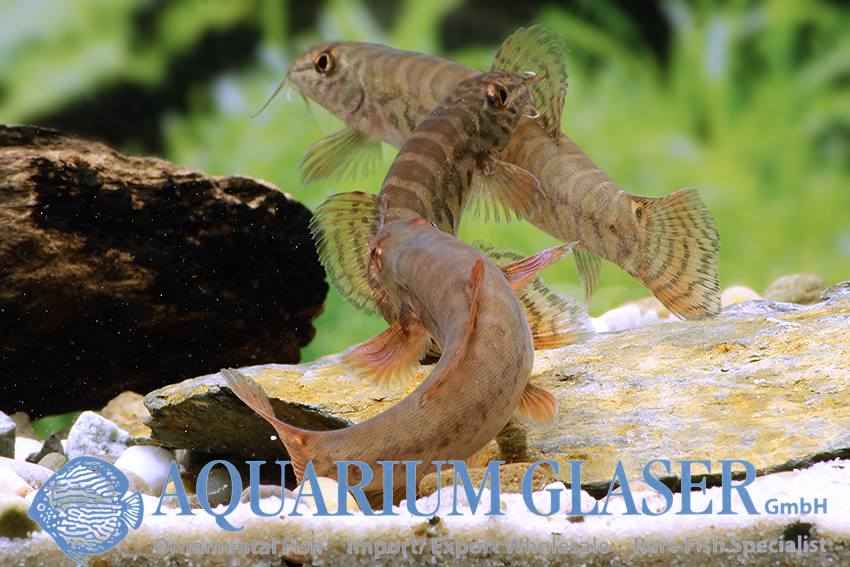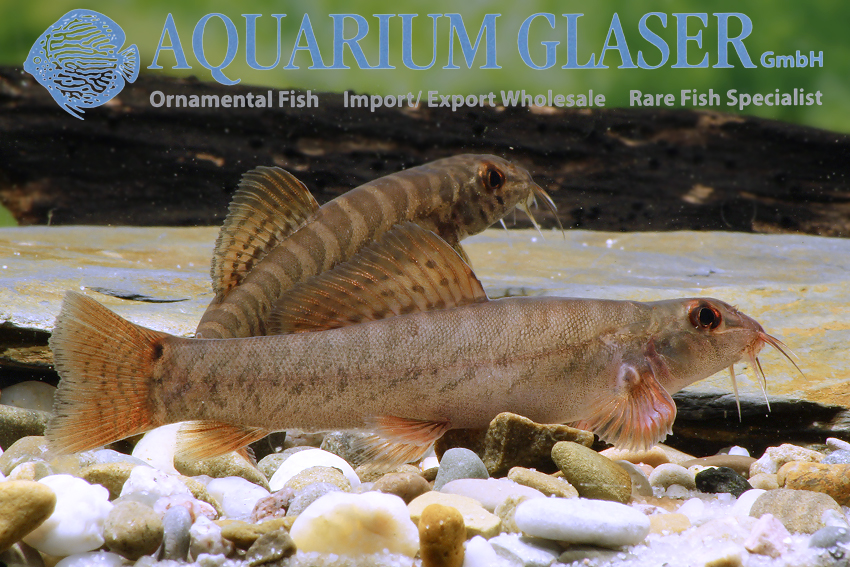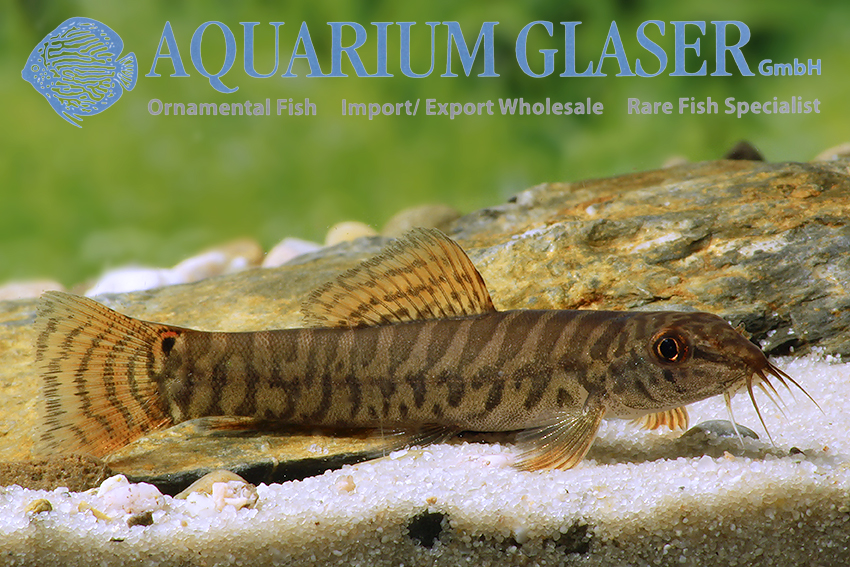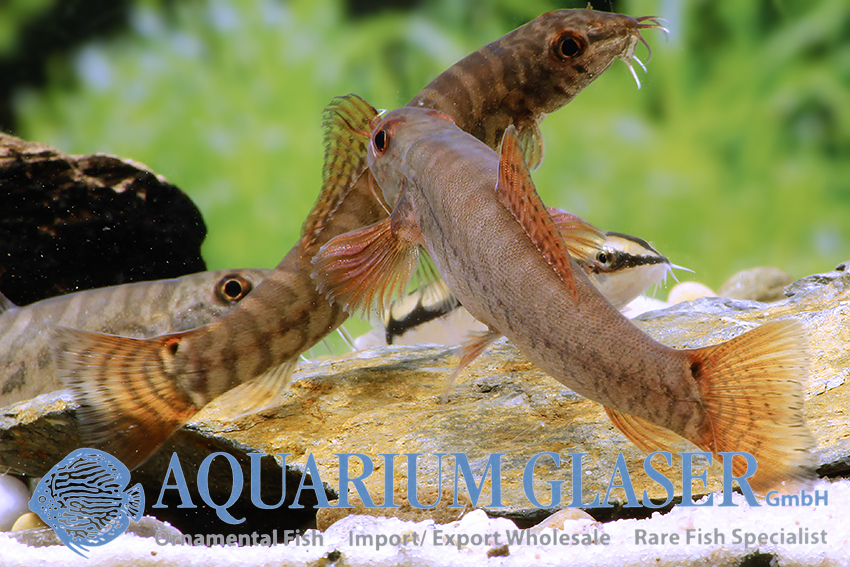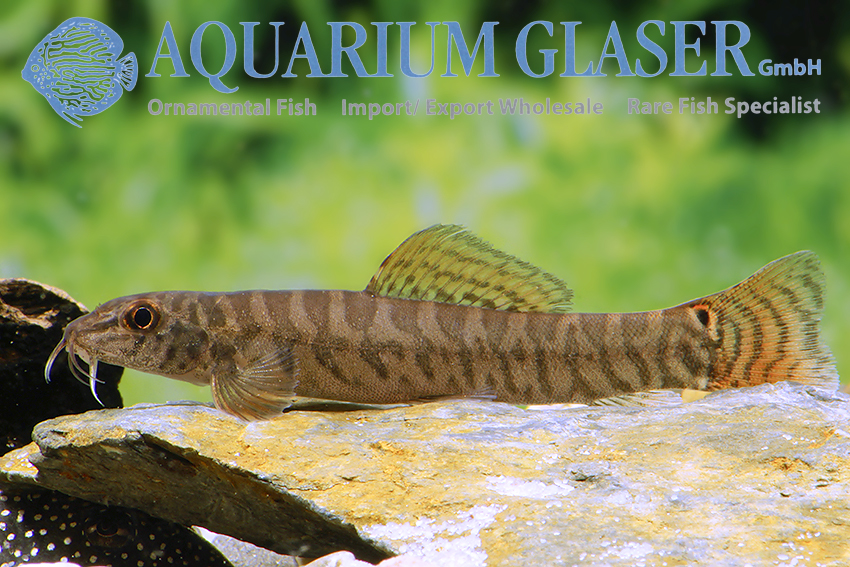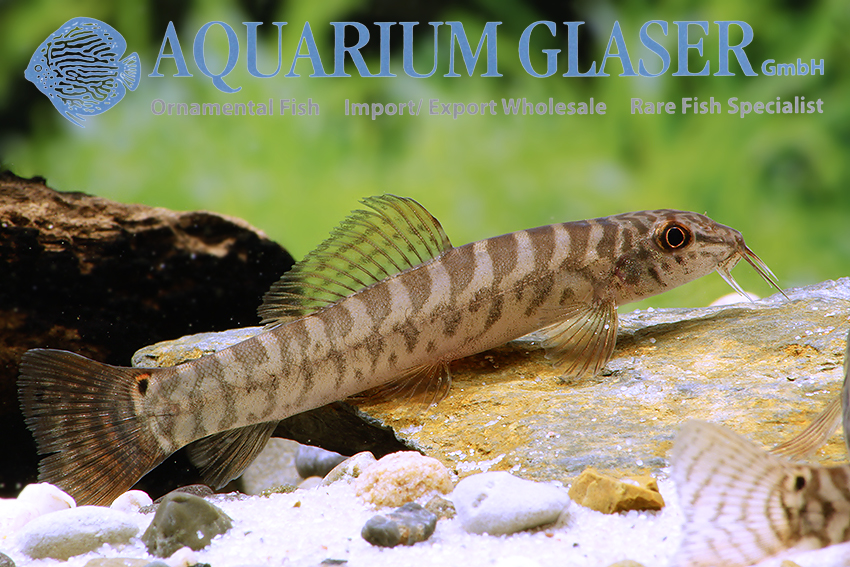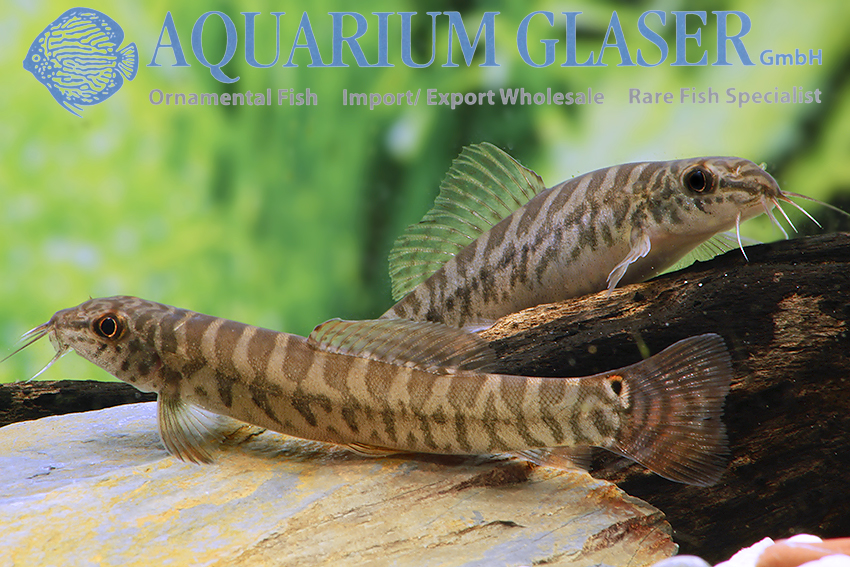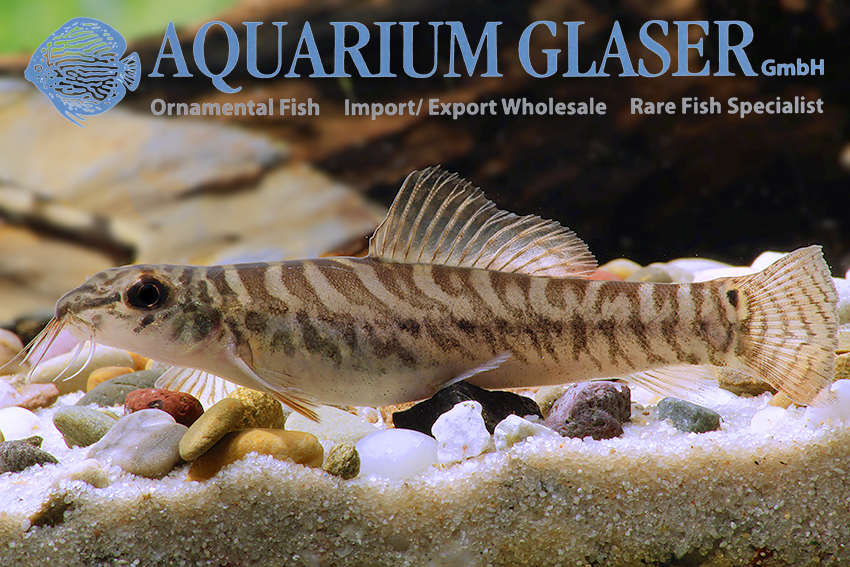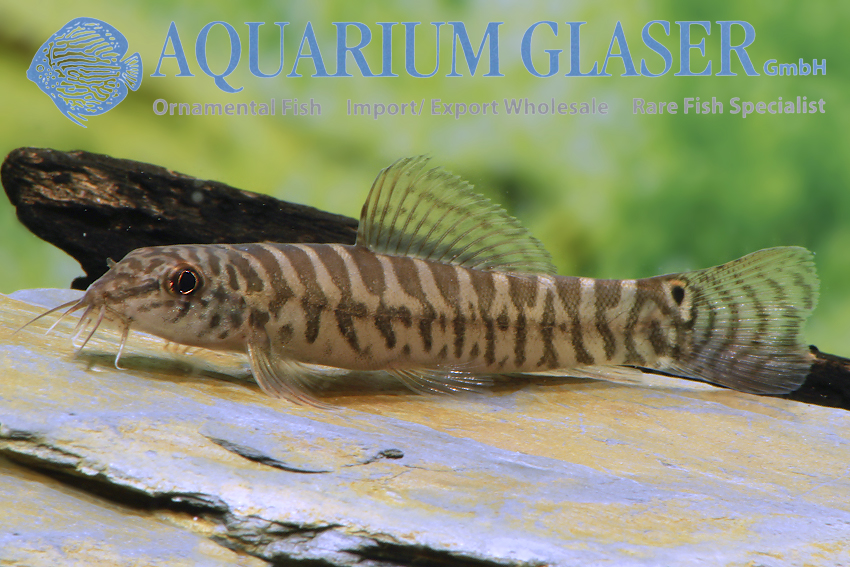From India we could import again this pretty loach. With its 5-7 cm final length it is an ideal bottom fish for moderately tempered (16-22°C) community aquariums with fish of this region, like zebra danios (Danio rerio), rosy barbs (Pethia conchonius), dwarf gourami (Colisa lalia) etc..
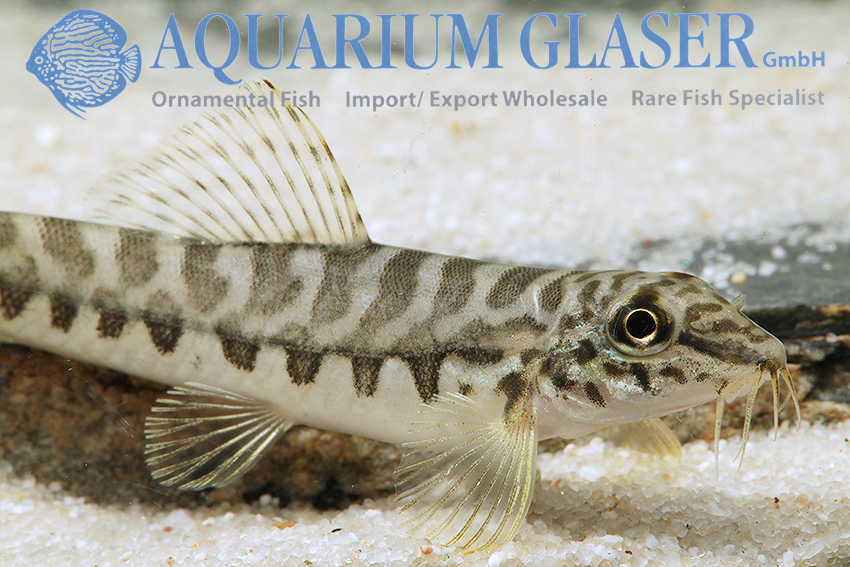
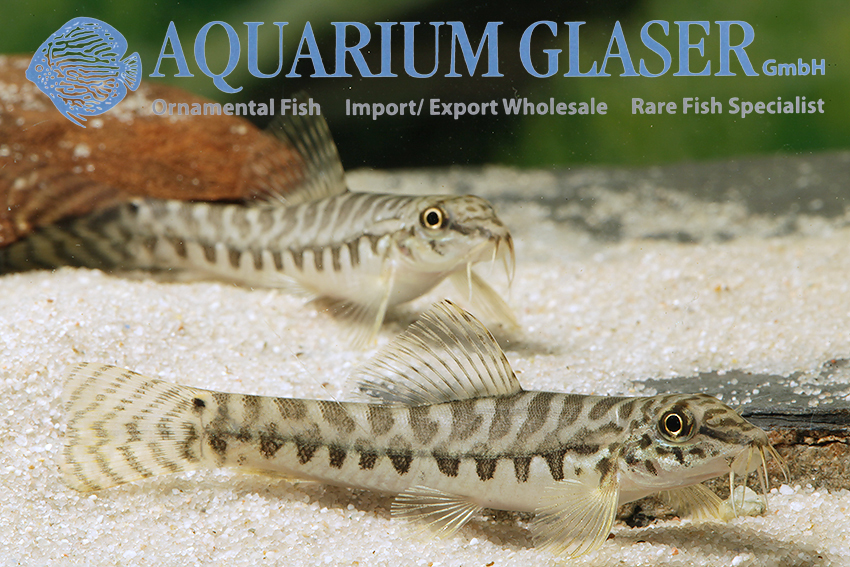
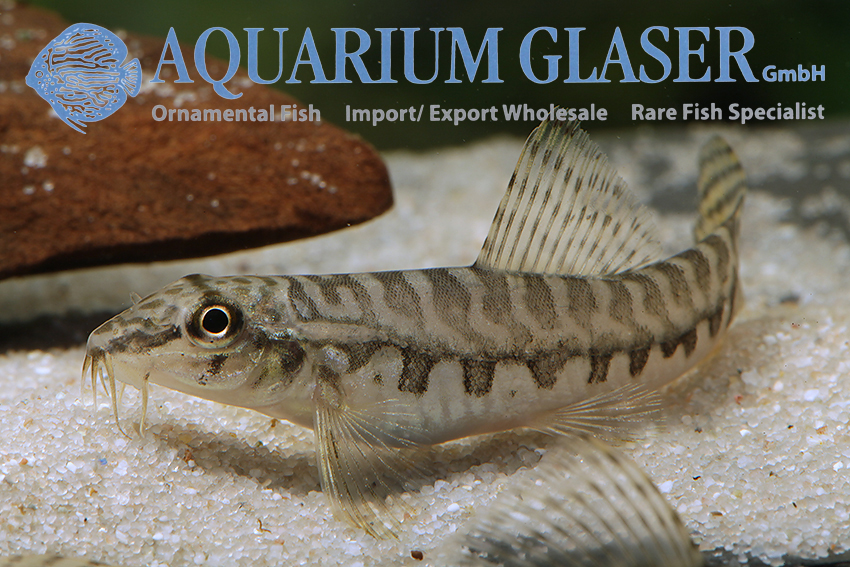
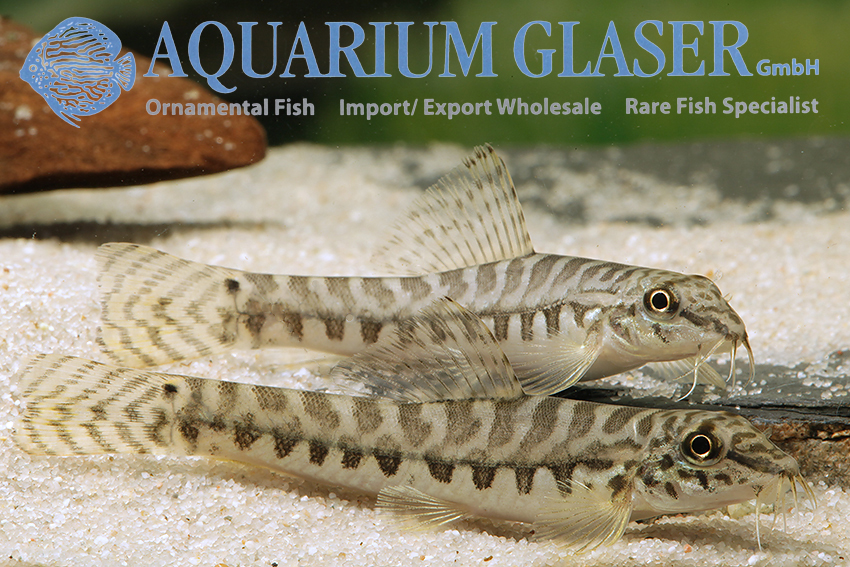
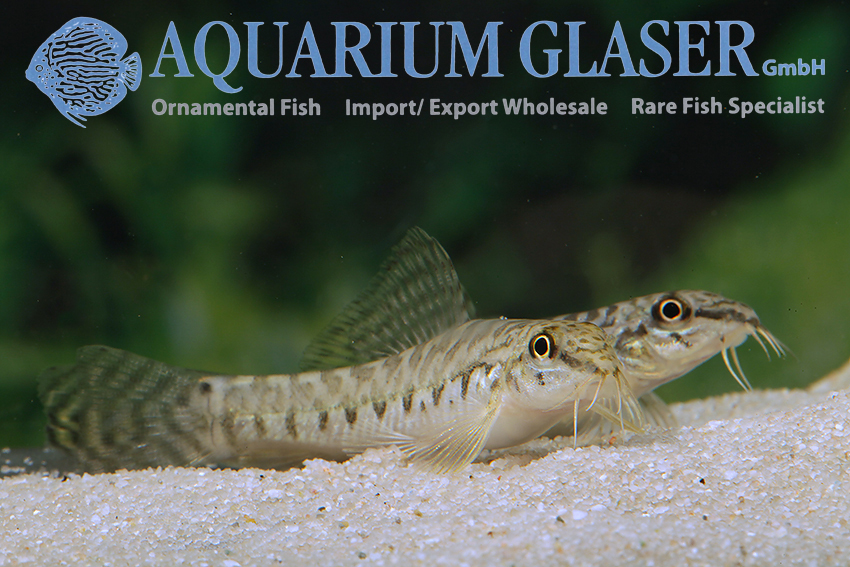
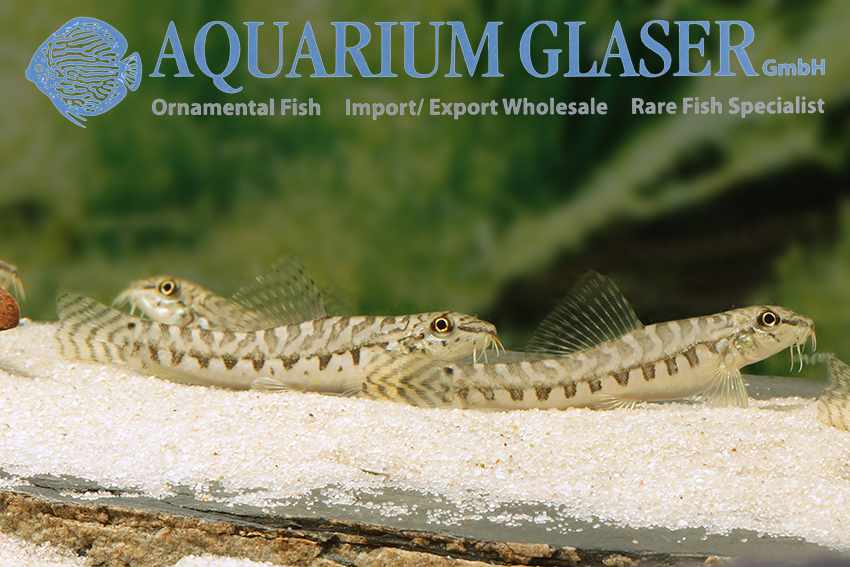
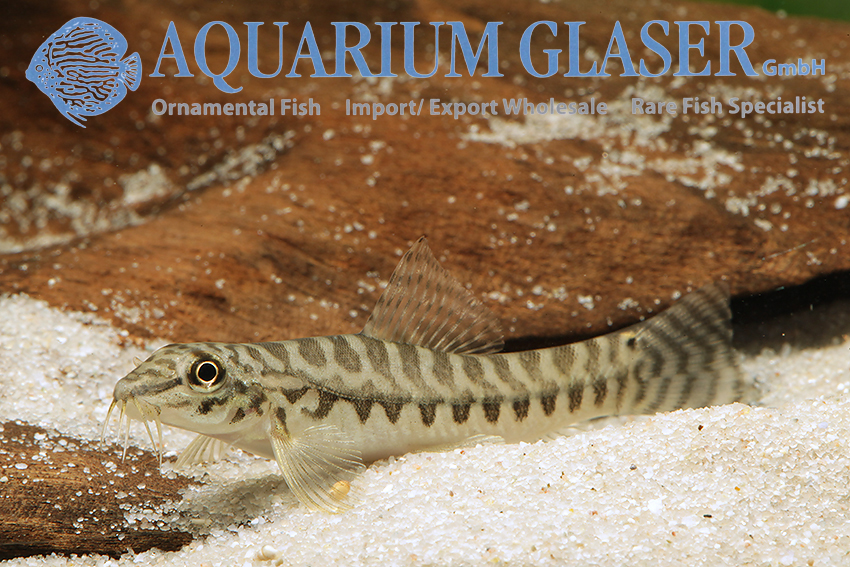
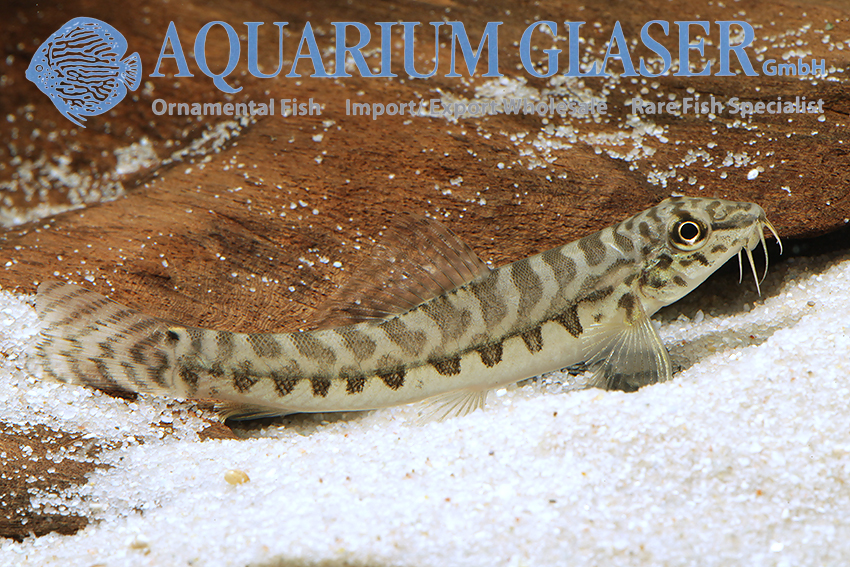
In nature, all these species are also occasionally found together, e.g. in the shore area of rivers and lakes over sandy-stony substrate, but only P. botia colonizes streams with stronger currents. In the aquarium, P. botia are adaptable and undemanding. In contrast to many Schistura species, which occasionally become quite aggressive towards other fish, Paracanthocobitis are completely peaceful fellows.
For our customers: the fish have code. 360803 on our stock list. Please note that we only supply wholesale.
Text & photos: Frank Schäfer





